We put the Samsung Galaxy Z Fold5 through our rigorous DXOMARK Audio test suite to measure its performance both at recording sound using its built-in microphones, and at playing audio back through its speakers.
In this review, we will break down how it fared in a variety of tests and several common use cases.
Overview
Key audio specifications include:
- Two speakers (Top left, bottom left)
- No Jack audio output
Scoring
Sub-scores and attributes included in the calculations of the global score.
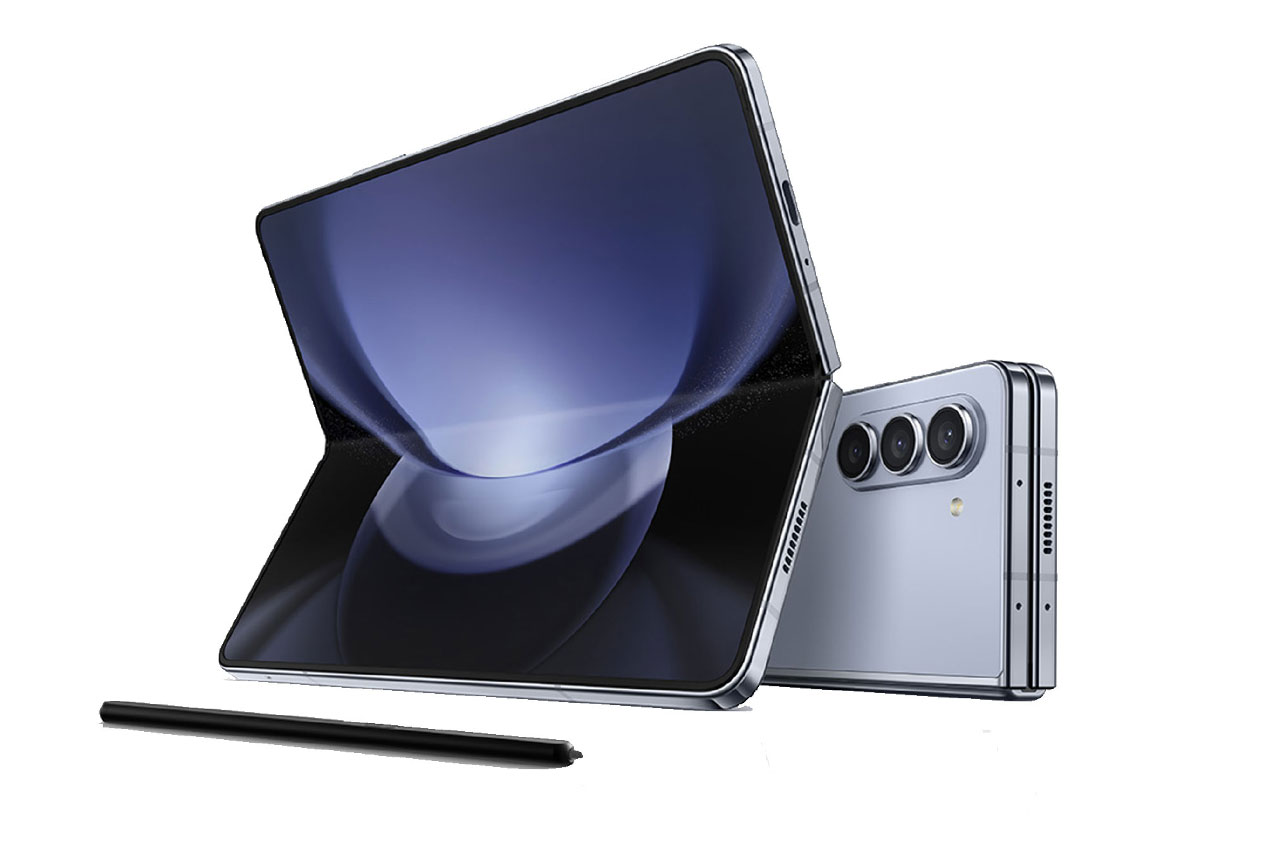
Samsung Galaxy Z Fold5


 54th
54th 36th
36thPlayback
Pros
- Nice tonal balance
- Good dynamics performance, accurate envelope
Cons
- Strong distortion and compression at maximum volume
- Narrow sound scene for the dimensions of the device
Recording
In the DXOMARK Audio tests, Samsung’s latest folding flagship device Galaxy Fold5 delivered a great recording performance. An effective audio zoom feature and the impressive recording quality at loud events, such as concerts, were notable improvements over the predecessor Z Fold4. On the downside, the Samsung was quite prone to wind noise when recording in breezy conditions. Recording results were best when using the main camera apps. Quality somewhat dropped with the front camera and office apps.
In terms of playback the built-in speakers sounded nice and pleasant, but their placement on the device is not optimized for an immersive listening experience. Overall playback quality was best when listening to music and playing games, and slightly lower when watching movies.
Test summary
About DXOMARK Audio tests: For scoring and analysis in our smartphone audio reviews, DXOMARK engineers perform a variety of objective tests and undertake more than 20 hours of perceptual evaluation under controlled lab conditions.
(For more details about our Playback protocol, click here; for more details about our Recording protocol, click here.)
The following section gathers key elements of our exhaustive tests and analyses performed in DXOMARK laboratories. Detailed performance evaluations under the form of reports are available upon request. Do not hesitate to contact us.
Playback
Samsung Galaxy Z Fold5
163
DXOMARK engineers test playback through the smartphone speakers, whose performance is evaluated in our labs and in real-life conditions, using default apps and settings.
In the playback tests, the Z Fold5 delivered a good timbre performance. Tonal balance was identical to the predecessor Z Fold4, with a satisfying treble rendition, as well as solid midrange and bass. In terms of dynamics, the Samsung offered a satisfying attack, decent bass precision and very good punch. The built-in speakers produced a stereo scene with good wideness, but considering the Fold5’s large dimensions in its unfolded state, it could have been even wider. Speaker placement on the device also means that audio was perceived as monophonic when the unfolded device was held in portrait orientation. Localizability of individual sound sources was slightly poor, but both distance and depth rendition were good.
Loudness at the maximum volume setting was good and perceptually louder than other Galaxy series phones. The minimum setting was loud enough to be intelligible but not too loud. On the downside, our experts found a number of unwanted audio artifacts when playing back audio on the Z Fold5. At maximum volume strong distortion was noticeable, especially in the high midrange, and compression had a negative impact on dynamics.
Listen to the tested smartphone’s playback performance in this comparison with some of its competitors:

Timbre
Samsung Galaxy Z Fold5
158
The Timbre score represents how well a phone reproduces sound across the audible tonal range and takes into account bass, midrange, treble, tonal balance, and volume dependency. It is the most important attribute for playback.

Dynamics
Samsung Galaxy Z Fold5
149
The Dynamics score measures the accuracy of changes in the energy level of sound sources, for example how precisely a bass note is reproduced or the impact sound from drums.
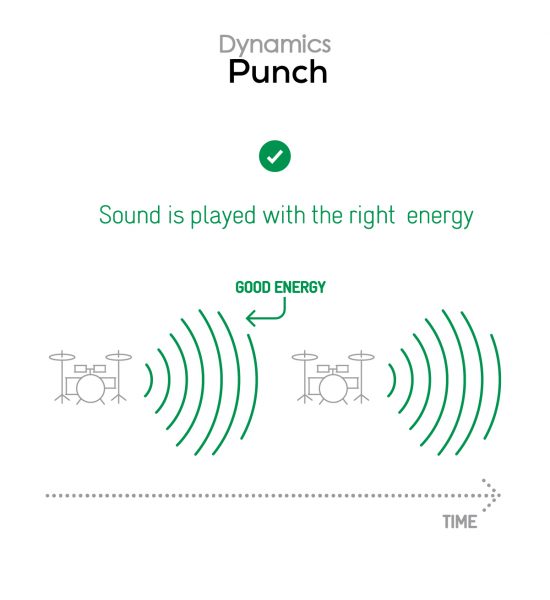


Spatial
Samsung Galaxy Z Fold5
162
The sub-attributes for spatial tests include pinpointing a specific sound's location, its positional balance, distance, and wideness.
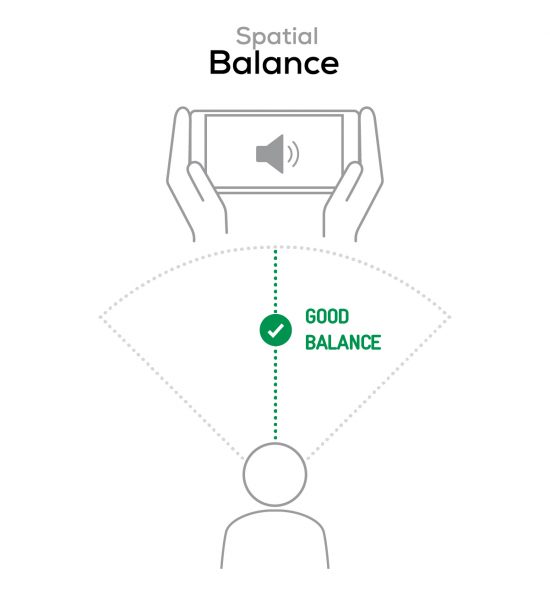
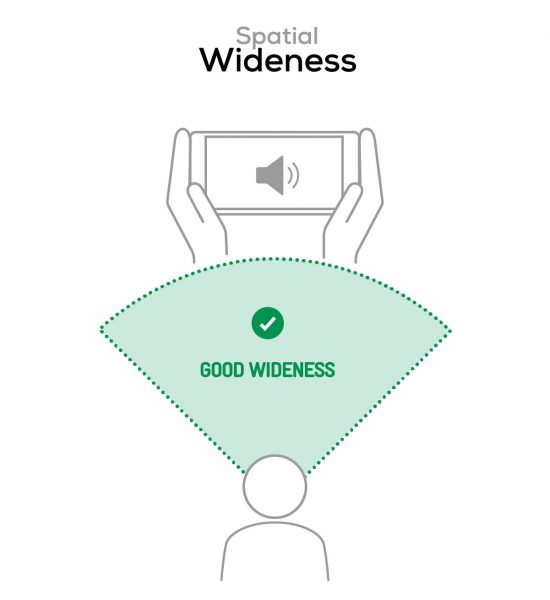

Volume
Samsung Galaxy Z Fold5
162
The Volume score represents the overall loudness of a smartphone and how smoothly volume increases and decreases based on user input.
| Hip-Hop | Classical | |
| Samsung Galaxy Z Fold5 | 72.8 dBA | 69.4 dBA |
| Samsung Galaxy Z Fold4 | 71.1 dBA | 67.3 dBA |
| Honor Magic Vs | 72.6 dBA | 66.6 dBA |

Artifacts
Samsung Galaxy Z Fold5
157
The Artifacts score measures the extent to which the sound is affected by various types of distortion. The higher the score, the less the disturbances in the sound are noticeable. Distortion can occur because of sound processing in the device and because of the quality of the speakers.
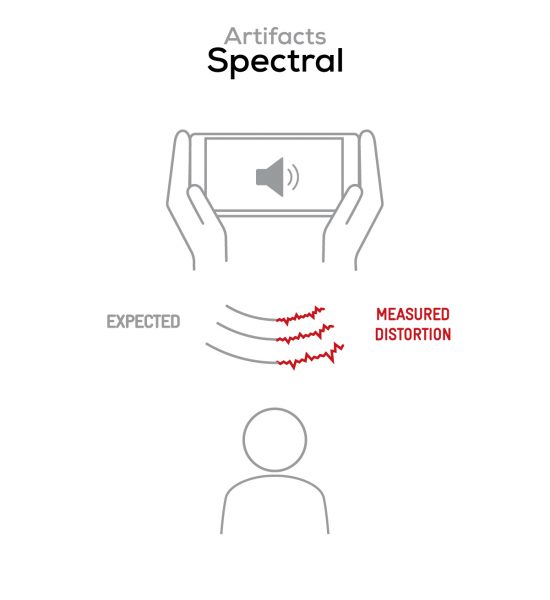

It represents the distortion and noise of the device playing our test signal (0 dB Fs, Sweep Sine in an anechoic box at 40 cm) at the device's maximum volume.
Recording
Samsung Galaxy Z Fold5
160
DXOMARK engineers test recording by evaluating the recorded files on reference audio equipment. Those recordings are done in our labs and in real-life conditions, using default apps and settings.
Recording performance was great overall and a noticeable improvement over the previous generation device. Tonal balance was good but lacked brilliance and air across all use cases. Treble rendition was slightly inconsistent, with a lack of clarity in lower treble. Midrange could be slightly resonant but was overall quite natural and balanced. Bass was nice and strong. In terms of Dynamics, the Samsung’s envelope was most accurate when recording with the main camera but lacked attack. Thanks to a good signal-to-noise ratio, speech was easy to understand but the background could have been further attenuated.
Main camera recordings offered a wide sound scene with accurate distance rendition. However, things looked different when recording in portrait orientation with the front camera where localizability was blurry and the sound scene was quite narrow. On the upside, the voices facing the device being slightly louder created a sense of directivity. Recordings were loud across all use cases and perceived maximum loudness was noticeably improved over the Z Fold4. Apart from some light distortion on shouting voices, Z Fold5 recordings were mostly free from unwanted artifacts, even when recording loud events such as concerts. Finger noises when holding the phone in portrait orientation while recording could be an issue, though. Background tonal balance was pleasant and natural, but could have done with more low-end extension and detail in the high-end extension.
Here is how the Samsung Galaxy Z Fold5 performs in recording use cases compared to its competitors:

Timbre
Samsung Galaxy Z Fold5
147
The Timbre score represents how well a phone captures sounds across the audible tonal range and takes into account bass, midrange, treble, and tonal balance. It is the most important attribute for recording.

Dynamics
Samsung Galaxy Z Fold5
146
The Dynamics score measures the accuracy of changes in the energy level of sound sources, for example how precisely a voice's plosives (the p's, t's and k's, for example) are reproduced. The score also considers the Signal-to-Noise Ratio (SNR), for example how loud the main voice is compared to the background noise.

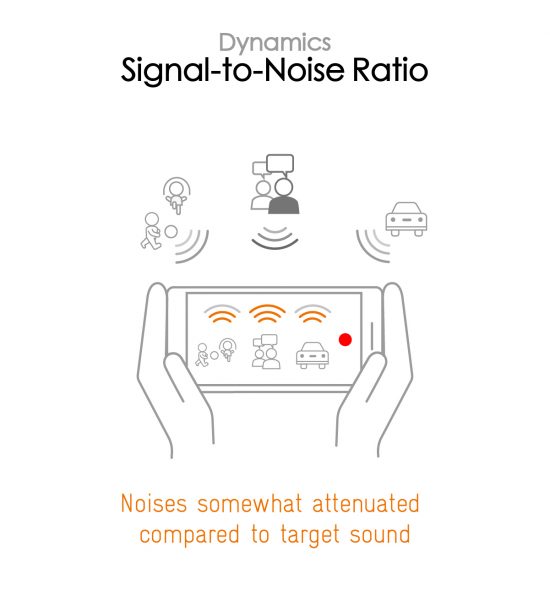

Spatial
Samsung Galaxy Z Fold5
159
The sub-attributes for spatial tests include pinpointing a specific sound's location, its positional balance, distance, and wideness on the recorded audio files.
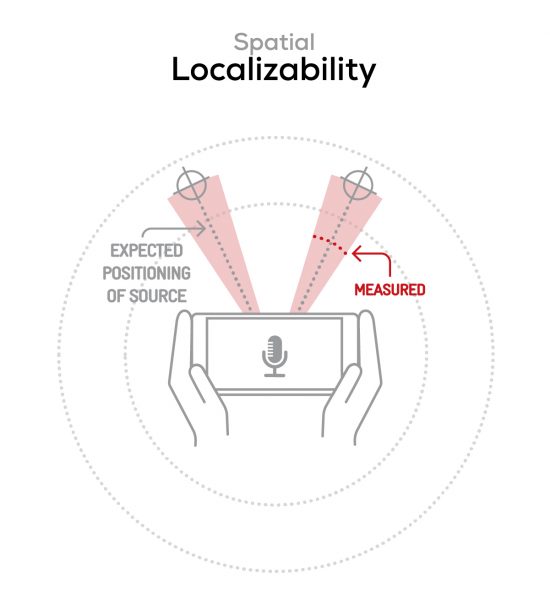
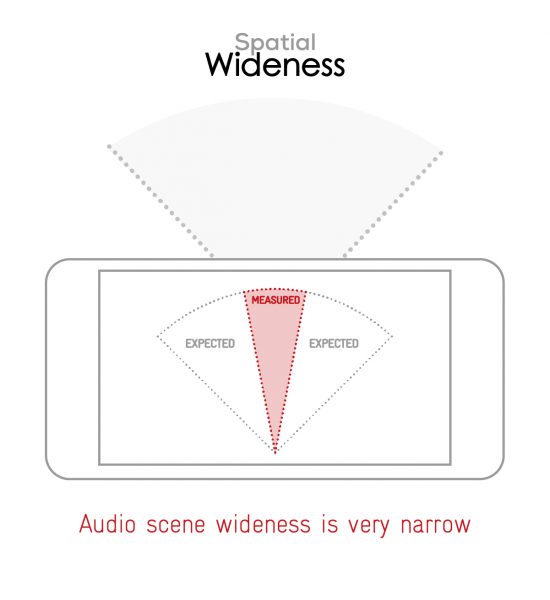

Volume
Samsung Galaxy Z Fold5
170
The Volume score represents how loud audio is normalized on the recorded files and the how the device handles loud environments, such as electronic concerts, when recording.
| Meeting | Life Video | Selfie Video | Memo | |
| Samsung Galaxy Z Fold5 | -25.8 LUFS | -22.1 LUFS | -21 LUFS | -21.1 LUFS |
| Samsung Galaxy Z Fold4 | -25.8 LUFS | -21.6 LUFS | -22.7 LUFS | -21 LUFS |
| Honor Magic Vs | -23.3 LUFS | -19.2 LUFS | -19.1 LUFS | -19 LUFS |

Artifacts
Samsung Galaxy Z Fold5
145
The Artifacts score measures the extent to which the recorded sounds are affected by various types of distortions. The higher the score, the less the disturbances in the sound are noticeable. Distortions can occur because of sound processing in the device and the quality of the microphones, as well as user handling, such as how the phone is held.
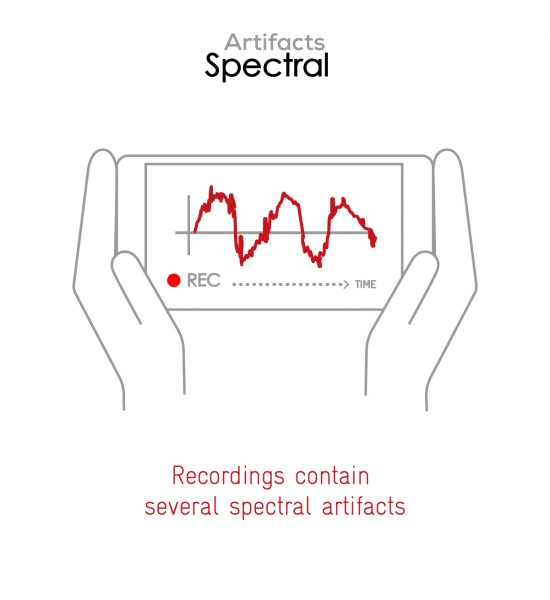
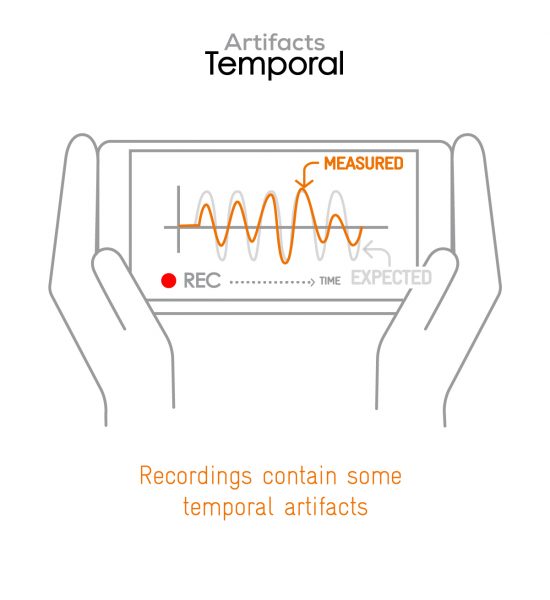
In this audio comparison, you can listen to the way this smartphone handles wind noise relative to its competitors:

Background
Samsung Galaxy Z Fold5
166
Background evaluates how natural the various sounds around a voice blend into the video recording file. For example, when recording a speech at an event, the background should not interfere with the main voice, yet it should provide some context of the surroundings.




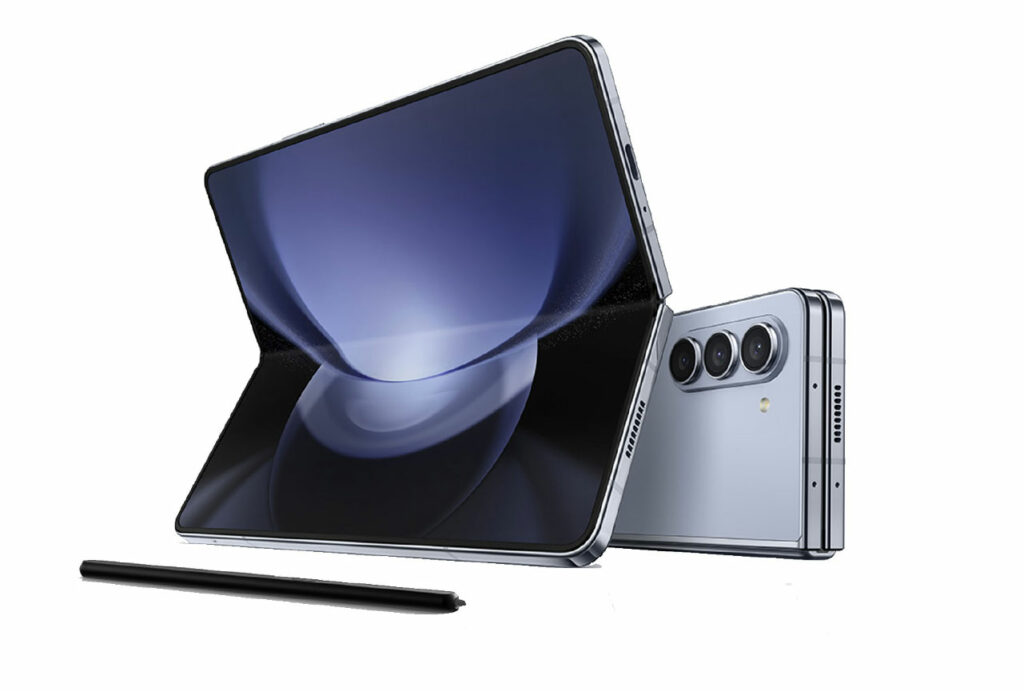
DXOMARK encourages its readers to share comments on the articles. To read or post comments, Disqus cookies are required. Change your Cookies Preferences and read more about our Comment Policy.